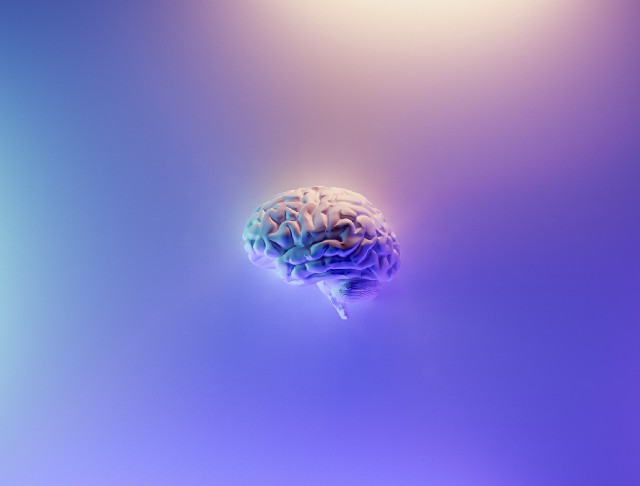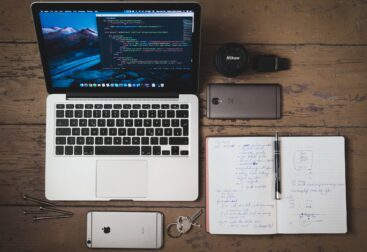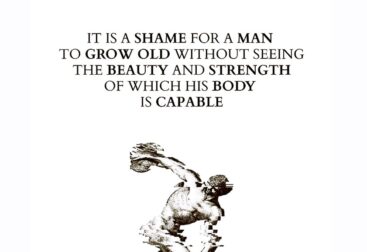“Your mind is for having ideas, not holding them.” — David Allen.
In today’s fast-paced world, it’s more important than ever to have a system for organising and retaining information. Tiago Forte, a productivity expert and founder of Forte Labs, has developed a method for creating a “second brain” through personal knowledge management (PKM). I read his book “Building A Second Brain” and adopted the system it outlines. Here are some of my insights.
What is a second brain?
A “second brain” is the idea of having a system for storing and organising information outside our own brain. The goal is to have a centralised location for all the information we collect and consume, rather than relying on our limited memory. Our brains are fantastic at processing information and having new ideas, but they’re terrible at storing them. Taking effective notes can make up for this limitation whilst also maximising our ability to have new insights.
CODE
We often find ourselves struggling to recall information we know we’ve learned, but can’t quite remember. Having a system for capturing and organising what we learn allows frees our brain to focus on what it does best: generating new ideas and connections. Forte breaks PKM into the following four parts.
Capture: Saving valuable information that resonates with you
Capturing can be done using tools like Evernote, OneNote, or a physical notebook for jotting down ideas and thoughts as they come to you. It’s important to have a quick and easy way to capture information, as this will make it more likely that you’ll actually use the system.
Organize: Breaking that information into small chunks in the right place.
Once you have a system for capturing information, the next step is to organise it. This can include things like tagging, categorizing, and linking related pieces of information together. By organizing the information, it becomes much easier to find and retrieve when you need it.
Distil: Extracting the pieces of knowledge most relevant to your current goals
Revisit your notes and ideas, and take time to reflect on how they can be applied to your work or life. It’s important to not just collect information, but also to make use of it.
Express: Turning your knowledge into creative output that has an impact on others
Finally, PKM emphasizes sharing and collaborating with others. By sharing ideas with others, we can gain new perspectives and insights, and help those around us.
PARA
The second four-letter acronym you need to remember from “Building a Second Brain” is PARA. This is Forte’s framework for organising the information that goes through CODE. PARA is an easy and effective framework to organise the copious notes you will no doubt have accumulated over the years.
Projects — things you are actively working on
Areas of responsibility — things you need to maintain
Resources — things you are interested in
Archive — things you no longer need right now, but want to have on hand in case you need them in future.
If you’re considering adopting this framework, one of the things that may be stopping you is having to organise all of the files you’ve hoarded over the years. Forte has an easy solution for this: put everything into your archive folder. If you do end up needing it, you can always go back in there and find it, but it saves you a lot of time in advance. On most platforms these days, the search bar has become so good that you can find almost anything you need in a matter of seconds anyway.
Convergent vs Divergent Thinking
Convergent and divergent thinking are two different approaches to problem-solving and creative thinking. Convergent thinking is a more straightforward and linear approach to problem-solving. It involves taking existing information and narrowing it down to find a single, correct answer. This type of thinking is valuable in subjects like mathematics and science where finding a single solution is key.
Divergent thinking, on the other hand, is a more open-ended and imaginative approach to problem-solving. It involves generating multiple ideas, exploring multiple possibilities, and being open to unconventional solutions. This type of thinking is valuable in more creative areas like writing, film and design.
Convergent and divergent thinking have their own strengths and weaknesses. Both modes of thought are important for developing well-rounded problem-solving skills. By utilizing both approaches, we can come up with creative solutions while also ensuring that these solutions are grounded in reality. The CODE process cleanly breaks down into CO — Divergent and DE-Convergent. Depending on which step you’re on, you may need to be in the mindset of ruthlessly cutting things out or letting your curiosity guide you and exploring the possibilities.
Conclusion
In conclusion, building a second brain through personal knowledge management is a valuable tool for knowledge workers. By having a centralised store for our information, we free up our minds to focus on generating new ideas and connections. The CODE and PARA frameworks provide an effective way to store and make use of the information we collect and consume. By adopting these methods, we can maximise the value of our most valuable resource: our knowledge and understanding.






